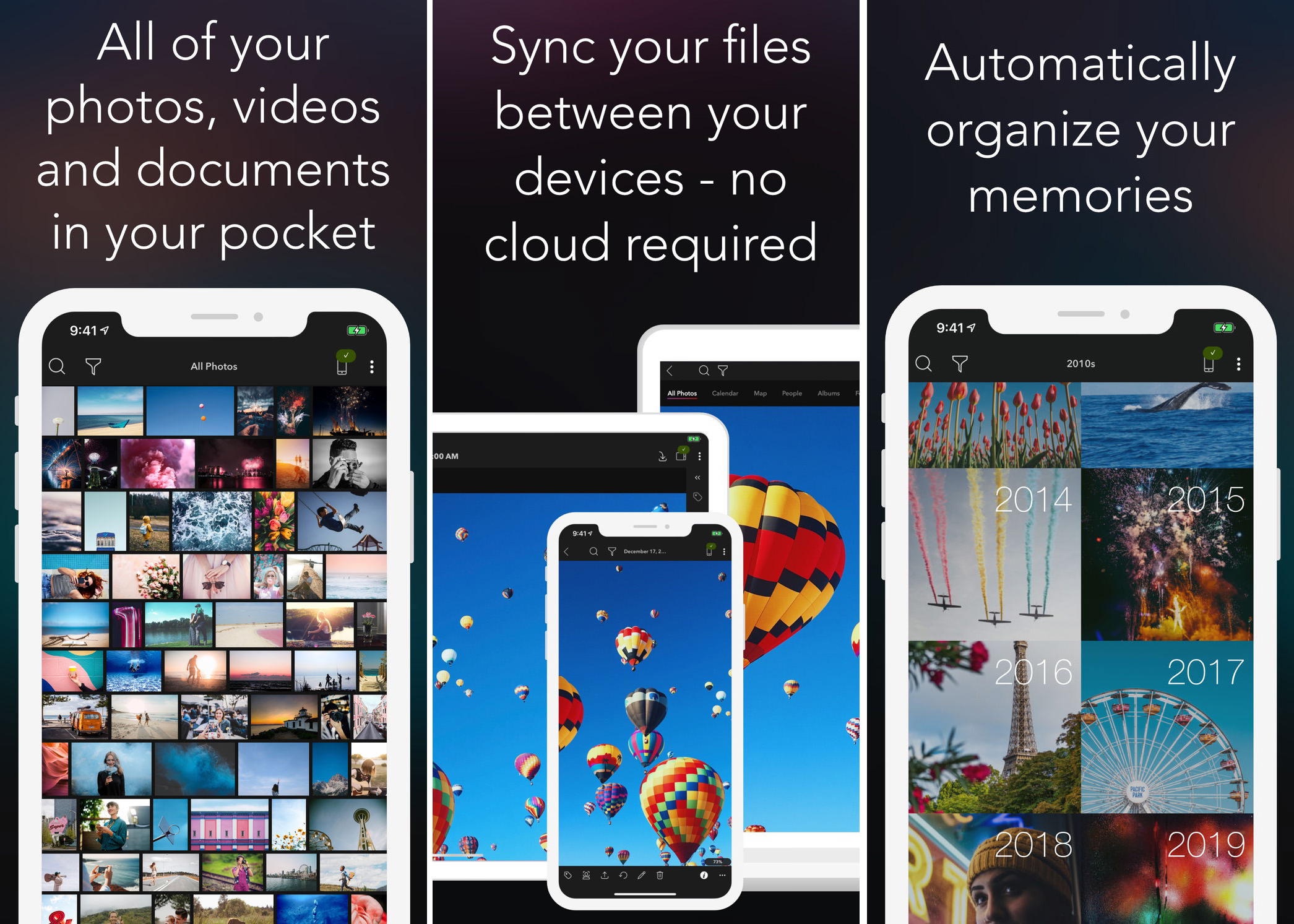
- Mylio windows how to#
- Mylio windows update#
- Mylio windows software#
- Mylio windows professional#
- Mylio windows windows#
There’s much more space on that mirrored drive (3TB) than on the computer (512GB), which is why I use the drive for photo storage. But thanks to the Sync Panel, at right, Originals are kept on other devices. These photos, from our son’s birth in 1990, are only Thumbnails on the host computer. The drive can still be used for other file storage as well (the Library’s not all that big), but now it’s officially a “Mylio Device,” which means it will show up in Mylio’s “Sync Panel.” That’s important, because it means you can then have Mylio “watch” images on it, as well as Sync those images and the Library between it and other Mylio devices.Īt this point I now have Mylio installed on my desktop computer (“MBP15”) and have added that mirrored drive, so those two devices show up in my Sync Panel. Remember, Mylio’s Library is a catalog of information about your photos, including where they are, but not the photos themselves. When you “add” a hard drive (“USB Device”), you’re telling Mylio you want it to keep a copy of the Mylio Library on that drive.
Mylio windows update#
To do that, I choose “File” – “ Add USB Device…” (in the newest update changed to “Add Protection Device…”) and select that drive from the dialog. Next I need to tell Mylio that I want it to work with that mirrored drive (“WORKING Mirror”). When beginning with Mylio, I installed it first on that office computer and told it to create the Mylio root folder inside my User’s “Pictures” folder (since that’s where photos on that computer are stored, it makes sense to have it there as well). That “Career Reed” folder is what I want Mylio is to watch, syncing and backing up those photos automatically for me. One of those is “Career Reed.” Inside that are all of my most important photos, sorted into three folders: “2016 Best,” “Career Best” and “Reed and friends.” Those second and third folders also have multiple folders inside them. The photos in that drive are kept in various folders. This is the one that I work from, so has all my most important photos as well as current projects. That mirrored drive is named “WORKING Mirror,” because it’s one of several mirrored drives I use, but this one stays turned on all the time. It’s a great way to prevent data loss, and something that helps me sleep better at night.

And if I replace that failed drive, it can be rebuilt by the other drive. The advantage here is that if one drive fails (and I’ve had that happen), I haven’t lost any data because it still exists on the second drive. Any action – creating, copying, deleting, updating – happens to both drives at the same time. This is also called “RAID 1,” (Redundant Array of Independent Disks). So while that drive has a total possible capacity of 6TB, I only “see” 3TB thanks to the mirroring. “Mirrored” means there are two hard drives in one case (each one 3TB), but they’re treated as just one hard drive by the computer. The most important of those drives is a 6TB mirrored hard drive attached via Thunderbolt to that computer (which is actually a laptop). Since I can’t have all the original photos I need on my computer, I have multiple external hard drives. These are a pair of 3TB mirrored drives that I use to help manage both my photos and my business.

Here’s how I set up Mylio to accomplish those goals:
Mylio windows windows#
(NOTE – while most of my devices are Mac, Mylio doesn’t care what device you use – it supports, and has the same interface, on Apple, Windows, iOS and Android, and I do have it installed on a couple of Windows devices too) I only want it to catalog, sync and backup the most important photos. It’s also important to note that I don’t want Mylio to keep track of every photo I’ve ever shot. Next, I wanted anything I shoot with my phone, or my wife shoots on her phone, to be automatically backed up and added to the Mylio Library.Īnd finally, I wanted every image that Mylio catalogs, including any new ones I add, to be backed up to multiple devices automatically, without any extra steps on my part.
Mylio windows professional#
Number one, I wanted all of my most important images (which are both professional and family) available on my phone, tablet and computers, wherever I happen to be.

It truly does let me have any picture on any device, anytime, anywhere.įirst, it’s important to figure out what you want Mylio to do for you, so you can set it up properly.
Mylio windows how to#
One of the most common questions I hear is, “How do you use it?” While Mylio can be pretty simple at a basic level, I’ve learned how to really take advantage of its power to organize, share and backup my photos.
Mylio windows software#
You’ve probably read that over the last year I’ve been using new photo software called Mylio, and been giving classes and workshops on it.


 0 kommentar(er)
0 kommentar(er)
